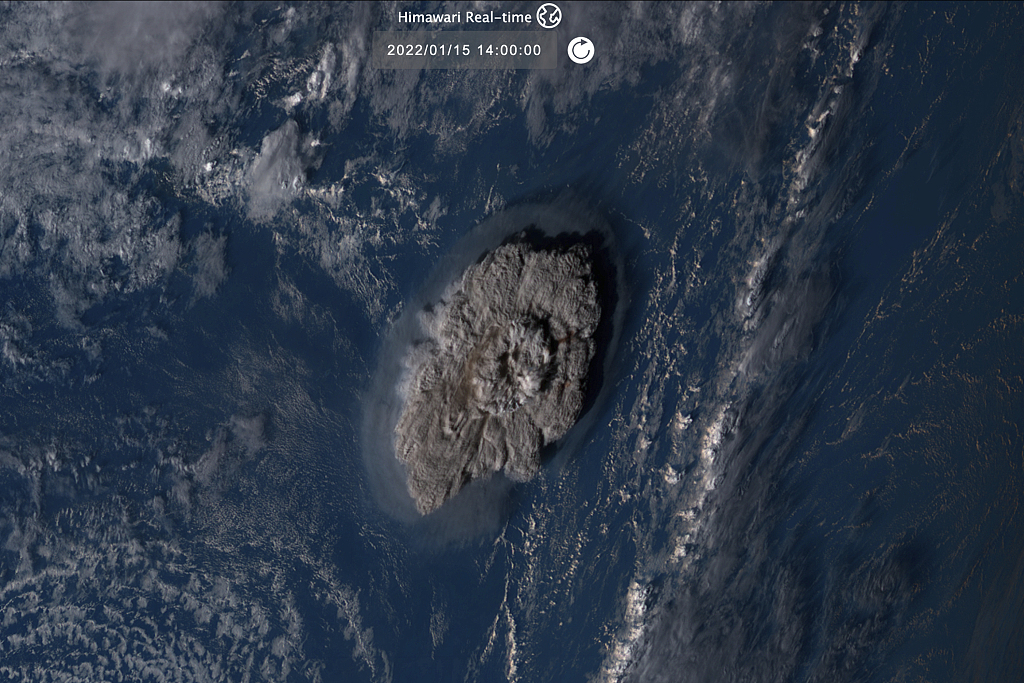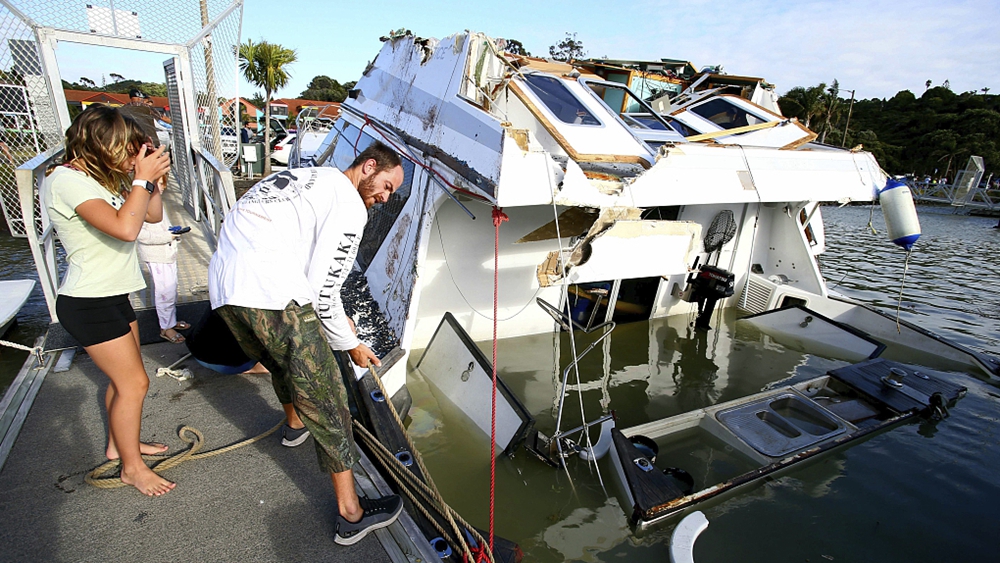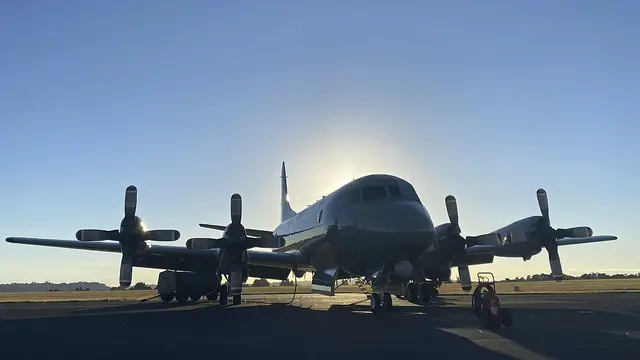A Royal New Zealand Air Force Orion aircraft left Base Auckland on Monday morning for tsunami-hit Tonga to assist in an initial impact assessment of the area and low-lying islands.
Tsunami waves hit Tonga on Saturday. It followed a series of violent eruptions from underwater volcano Hunga-Tonga-Hunga-Ha'apai, 65 kilometers north of the country's main island Tongatapu.
The Orion aircraft for aerial surveillance was on stand-by on Sunday, awaiting good atmospheric conditions and avoiding hazards including ash fall.
Strong and unusual currents and unpredictable surges will continue for up to another 24 hours in some locations around the entire country. People should remain vigilant and take extra precautions with regards to beach and ocean activities, according to New Zealand's National Emergency Management Agency.
New Zealand has pledged to provide support for Tonga following a volcanic eruption that sent tsunami waves crashing onto the Pacific Island.
New Zealand Prime Minister Jacinda Ardern said on Sunday that the New Zealand government has made an initial sum of NZ$ 500,000 ($340,000) available to provide assistance to Tonga.
The tsunami had a significant impact on part of the foreshore of Tonga, with boats and large boulders washed ashore and shops along the coast damaged, said Ardern.
There has been no official report of injuries or deaths yet. However, communications were interrupted and limited. The main undersea communications cable has been impacted, said Ardern.
Along with the Orion aircraft flight, New Zealand was considering the deployment of a naval ship if required, she said, adding the New Zealand government was waiting to hear from the Tongan authorities about what was needed.
Ardern said one of the first requests from Tonga was for water supply, which could be severely affected in the fallout from the eruption.
Massive blast
The Hunga-Tonga-Hunga-Ha'apai volcano has erupted regularly over the past few decades but the impact of Saturday's eruption was felt as far away as Fiji, New Zealand, the United States and Japan. Two people drowned off a beach in Northern Peru due to high waves caused by the tsunami.
About 26 hours since the eruption, nations thousands of kilometers to the west had volcanic ash clouds over them, New Zealand forecaster WeatherWatch said in a statement.
Fiji, Vanuatu and New Caledonia are affected and the ash cloud is expected to fan out towards eastern Australia on Monday, it said.
Early data suggests the volcanic eruption was the biggest blast since Mount Pinatubo in the Philippines 30 years ago, New Zealand-based volcanologist Shane Cronin told Radio New Zealand.
"This is an eruption best witnessed from space," Cronin said.
"The large and explosive lateral spread of the eruption suggests that it was probably the biggest one since about the 1991 eruption of Pinatubo," Cronin said.
Red Cross said it was mobilizing its regional network to respond to what it called the worst volcanic eruptions the Pacific has experienced in decades.
"Red Cross has enough relief supplies to support 1,200 households with essential items such as tarpaulins, blankets, kitchen sets, shelter tool kits and hygiene kits," said Katie Greenwood, Pacific Head of Delegation of the International Federation of Red Cross and Red Crescent Societies.
Greenwood said the agency is expecting up to 80,000 people to be affected by the tsunami.
(CGTN)
 简体中文
简体中文





